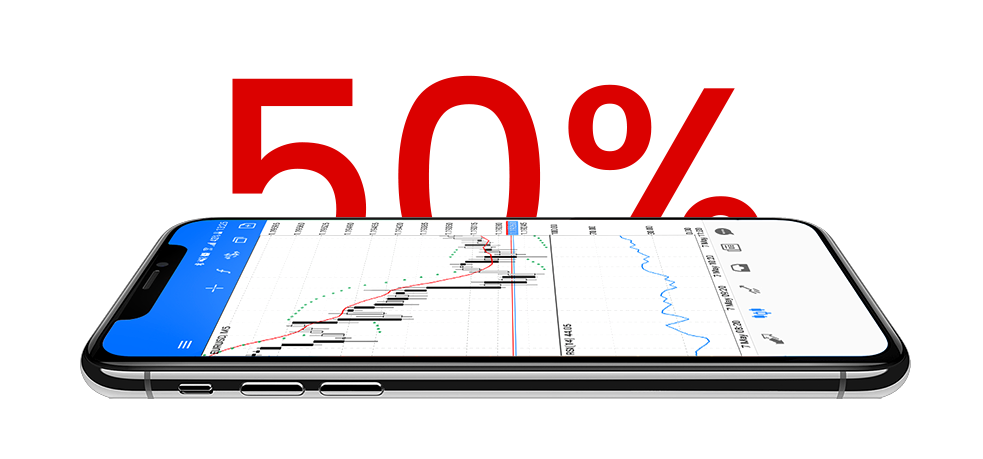The Canadian Dollar’s Struggle Against the USD: A Closer Look as it Nears 1.3650
The USD/CAD currency pair is on a path to extend its downward movement for the fourth consecutive day, hovering close to the 1.3650 mark in the early trading hours in Asia on Monday. This trajectory is largely influenced by market speculations that the US Federal Reserve may pause its tightening cycle due to weaker-than-expected employment figures from the United States.
From a Canadian perspective, the domestic job market has not fared well either, potentially exerting additional pressure on the Canadian Dollar, also known as the Loonie. Statistics Canada’s latest report showed that the net employment gains in October were only 17.5K, notably below the anticipated 22.5K, and a steep drop from the 63.8K seen in September. Moreover, the unemployment rate saw a slight uptick to 5.7% from the previous rate of 5.5%.
Bank of Canada’s Governor, Tim Macklem, last week hinted at the potential for the neutral interest rate to trend towards the higher end of the spectrum, an indication that may have long-term implications for monetary policy and currency valuation.
The US Dollar Index (DXY), which compares the USD against a basket of other major currencies, was observed at around 105.10, indicating a notable dip of over 1% from the previous trading session. This weakness appears to stem from a disappointing reaction to the US Treasury yields, which in turn reflects the unsatisfactory labor market statistics.
The Non-Farm Payrolls (NFP) in the US, while potentially comforting for investors awaiting a slowdown, reported 150K jobs added—30K jobs below expectations and significantly less than the 297K jobs added in September. This data may have provided some investors with hope that the Federal Reserve might be convinced to hold off on further rate hikes.
Furthermore, the US unemployment rate unexpectedly increased to 3.9%, contrary to forecasts which had anticipated it to hold steady at 3.8%. The Institute for Supply Management’s (ISM) Services Purchasing Managers’ Index (PMI) also recorded a decline, falling to 51.8 from the previous mark of 53.6. The week also saw a marginal increase in the number of new unemployment claims, edging up from 212K to 217K, indicating some potential softening in the job market.
Investors and analysts are now turning their attention to the forthcoming release of the Ivey Purchasing Managers Index in Canada, which might provide further insights into the economic health of the country. Additionally, the US Michigan Consumer Sentiment Index due later in the week will be closely monitored, potentially providing further cues on the consumer outlook and spending capacity in the United States, both of which are critical indicators of economic performance.











